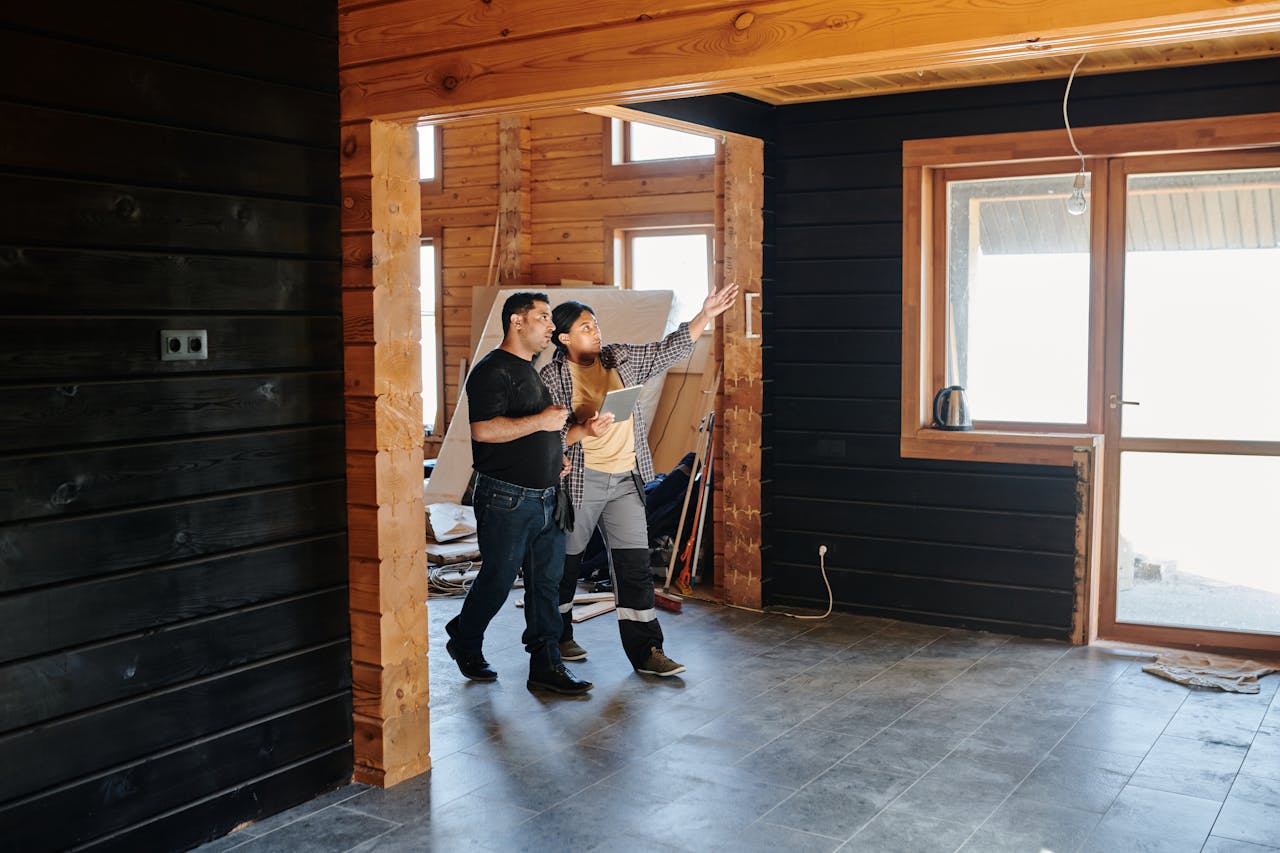
How to Check for Planning Permission
Whether you are starting a new home project, looking at buying a property, or curious about building work in your area, knowing how to check for planning permission is always a useful skill to have under your belt. Planning permission is the approval required from your local authority for certain types of building and development, and without it, there can be all kinds of problems for the property in question down the line. Whether it’s your own property or simply one you’re interested in, here’s what you need to know.
How to Check if a Neighbour Has Planning Permission
If you have noticed a neighbour carrying out building work and you want to know if they have planning permission, the first step is to check your local council’s planning portal. Most local authorities in the UK have an online planning register that lists all applications, decisions, and appeals.
Simply search using the property address or postcode and you will be able to see whether an application has been submitted, when it was approved, and what conditions apply. If you cannot find the information online, you can contact the planning department directly.
Checking this way ensures that the work being carried out is authorised and also gives you the opportunity to raise any concerns during the consultation process.
How to Check Planning Permission on a Property You Are Buying
When you are looking to purchase a property, particularly one with a house extension or major alteration, it is wise to confirm that the work was done legally. During the conveyancing process, your solicitor should request copies of planning permissions and building regulation approvals for any extensions, conversions, or alterations.
You can also carry out your own research on the local council’s planning portal to confirm records. This helps avoid problems later, such as inheriting unauthorised building work, which could lead to enforcement action.
If planning permission was not required for the work, you may still want to see evidence of permitted development rights being followed or a lawful development certificate.
What is Permitted Development?
Permitted development rights allow homeowners to carry out certain types of work without having to apply for full planning permission. Examples include:
- Small single-storey rear extensions
- Loft conversions within height and volume limits
- Garden outbuildings such as sheds and home offices
- Certain changes of use
These rights come with strict rules on size, height, location, and appearance. For example, extensions usually cannot extend more than a set number of metres beyond the original rear wall, and loft conversions must not exceed a specific volume.
It is important to remember that permitted development rights can be restricted in conservation areas, national parks, and on listed buildings.
How to Get a Certificate of Lawful Development
If you want peace of mind that your project is legal under permitted development, you can apply for a Certificate of Lawful Development (CLD) from your local council. This is not mandatory, but it provides formal confirmation that the work does not need planning permission.
To apply, you will need:
- Detailed architectural drawings of the proposed work
- A completed application form, usually submitted online through the Planning Portal
- A fee (the cost varies depending on the type of certificate)
Once approved, the certificate gives you written evidence that your project complies with permitted development rights. This can be extremely useful when selling your property, as it reassures future buyers and avoids disputes.
How to Check if You Need Planning Permission
If you are planning your own project, such as a house extension, loft conversion, or outbuilding, you need to determine whether planning permission is required.
Here are the key steps:
- Review Permitted Development Rights
Many minor works can be carried out under permitted development without full permission, provided you meet the conditions. - Use the Planning Portal
The UK Planning Portal provides an interactive guide where you can check what type of work falls under permitted development and what requires permission. - Check with Your Local Council
If you are unsure, you can submit a pre-application enquiry or apply for a Certificate of Lawful Development. - Consider Location Restrictions
If your property is in a conservation area, a national park, or is a listed building, permitted development rights may be limited or removed.
Why It Matters
Checking planning permission protects you from future disputes, legal issues, and potential costs. Whether you are looking into a neighbour’s project, researching a house before purchase, or planning your own extension, taking the time to verify permissions is an important step.
At Online Drawing UK, we can guide you through the process, prepare the necessary drawings, and help you secure the right permissions or certificates for your project.

Sorry, the comment form is closed at this time.